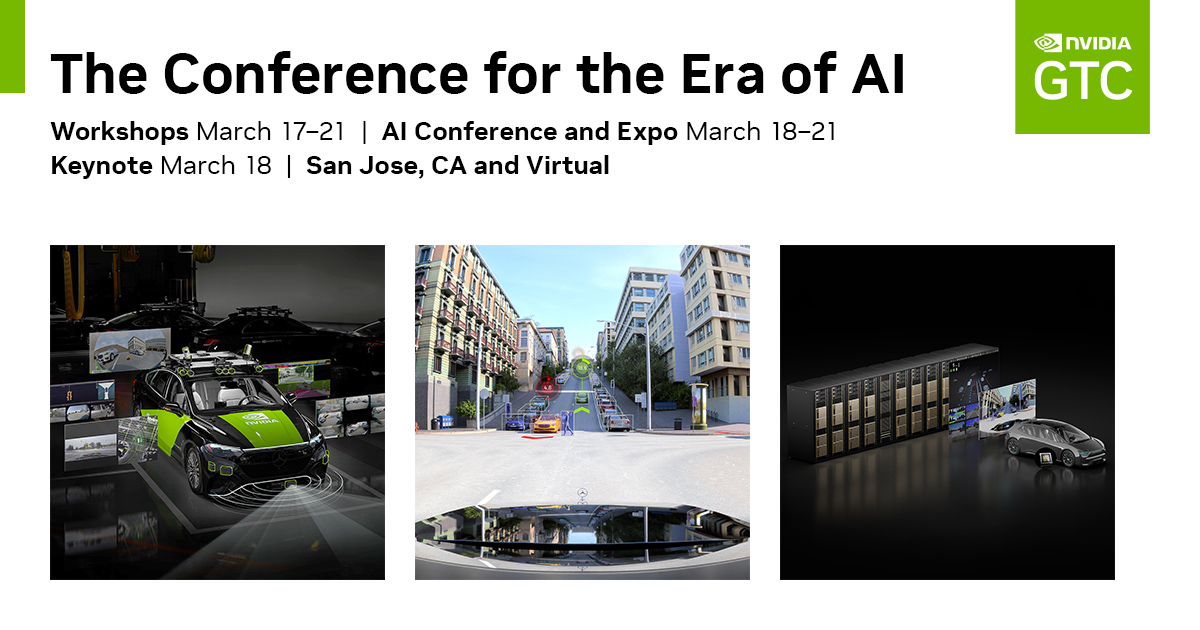


We did it



Space-grade hardware built from scratch and tested in space in under 12 months!
Our first Beacon has been launched this week on a mission with German Aerospace Center (DLR) and SSC - Swedish Space Corporation.
The Beacon worked throughout the whole launch:

survived 12g of acceleration and 4Hz of spinning

reached well beyond the Karman line to 260 km

communicated with two different satellite constellations

accurately measured the acceleration, velocity, rotation and attitude

reentered back into the atmosphere

then landed in Northern Sweden well inside the Arctic circle

and finally recovered and brought back to the base

️ Most importantly, we have collected very valuable data during this flight
And yes, it still works! We are bringing it home to our office in the National Space Industry Hub.
Some NSW museums have already asked if they can add it to their space exposition, so hopefully, you could all see it in person this year!
Thank you very much to everyone who helped us get here!
Mary Pillay who managed the mission end to end, navigating multiple companies and space agencies involved, making sure we did everything on time and on quality.
Eben Steenekamp, Aiden Taba, Domenic Simone and Nicholas Simone, who worked on the Beacon software and hardware.
Mikhail Asavkin

who made sure we have all the features in the Beacon that our customers want so much, encouraging us to be bold and take risks, often pushing us to the edge of what was technically possible.
Andrew Barton, Andrew Dempster, Bruce Tulloch, Eamonn Glennon, Jason Held, Julie Autuly, Patrick Oppel, Tim Parsons who were supporting and mentoring us, helping to build connections with future customers and avoid costly pitfalls.
Big thanks also to Jibin Jeffrey Dhanaraj and ResearchSat team, who helped us to get on this rocket very late into the mission, and Stefan Krämer who was absolutely amazing to work with from SSC - Swedish Space Corporation side liaising between us and DLR, making sure we can demonstrate everything we need in this flight and of course Australian Space Agency for issuing us the payload permit on a tight schedule.

www.prophesee.ai



